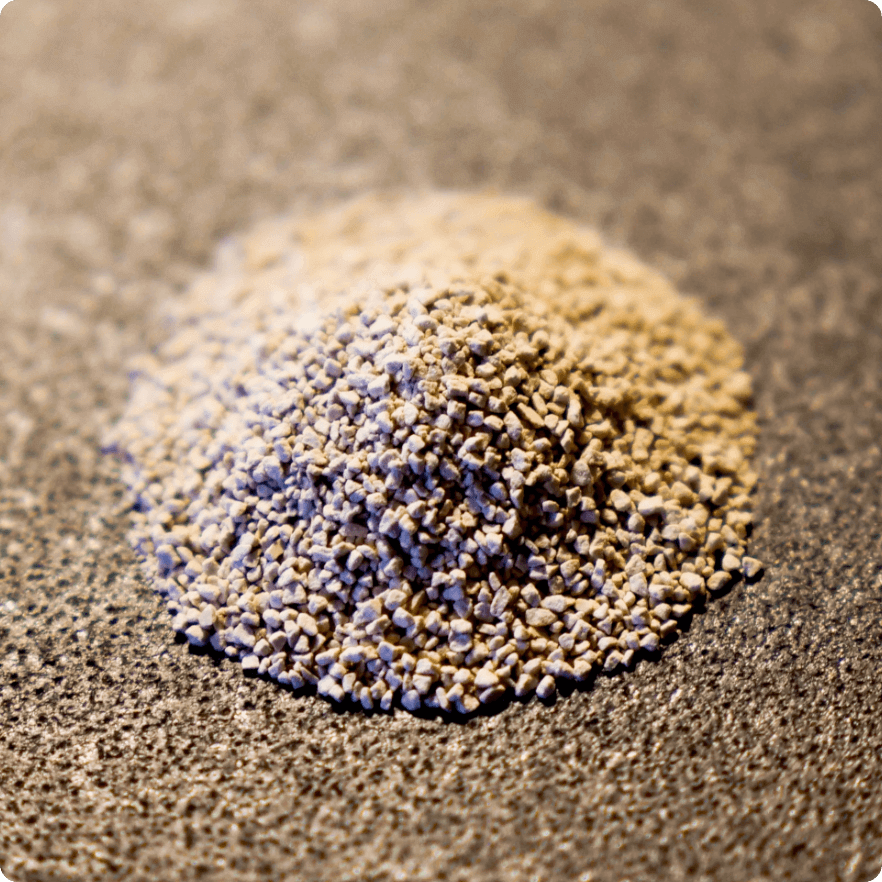Since ancient times, sansho has been used as a medicine. In old times in China, sansho was an auspicious symbol and it was believed, for example, that the characteristic fragrance would purify malevolence, and that the abundant fruit would lead to the prosperity of one’s descendants. The custom of purifying malevolence, and praying for sound health and a long and healthy life is still followed today in what is known as otoso (spiced sake drunk at New Year), which contains sansho. In the Wakansansaizue (an illustrated encyclopedia) written during middle of the Edo period (Tokugawa; 1603—1967), it is said about sansho that “the berries eliminate colds, warm the body, make hair and teeth strong, brighten the eyes if taken for a long time, and improve one’s complexion.” Sansho is still used nowadays for Bitter Tincture stomach medicine and in herbal medicine formulations, and is listed as a crude drug in the Japanese Pharmacopoeia. Around forty percent of the budo sansho produced in Wakayama is supplied to pharmaceutical companies.
One classic herbal medicine sansho is employed in is Daikenchuto, which is useful for alleviating distention and chills in the abdomen. In the original formulation, Zanthoxylum bungeanum(One classic herbal medicine sansho is employed in is Daikenchuto, which is useful for alleviating distention and chills in the abdomen. In the original formulation, Zanthoxylum bungeanum (Sichuan pepper)known as an ingredient in mapo tofu (a Sichuan-style tofu dish) was used, however in Japan, as Sichuan pepper was not available, in the Edo period, Zanthoxylum piperitum (Japanese pepper, or sansho))was employed as a substitute. As a result, with sansho having superior efficacy, sansho is still adopted even now. Sansho boosts metabolism and promotes blood circulation, and since it is effective in increasing core body temperature, it is classified as a warming herb in herbal medicine. However, this efficacy is a result of the agency of sanshool, an element in sansho, and has also been shown scientifically.
In recent years, cancer-fighting effects have been discovered, etc., for example in antioxidant effects from polyphenol, antifungal effects against Candida which is important in oral care, anti-MRSA action, and so on, and these agencies are drawing attention.
The fragrance component (essential oil constituent) of sansho includes limonene, phellandrene, citronellal, geraniol, geranyl acetate, and other elements. Limonene is a component that is also contained in the peel of citrus fruits, and is known for its agencies including stimulating blood circulation. The component geraniol has antibacterial effects, as well as other effects on which various research is being conducted. Citronellal is effective in repelling insects. Further, geraniol and geranyl acetate are components also found in rose essential oil, with characteristic fresh and sweet aromas. An anti-obesity effect has been found in the fragrance of budo sansho essential oil, which came to light in a joint study between local company Nakao B.C. Co., Ltd., and Wakayama Medical University, and research into efficacies of the fragrance is ongoing.

 Otoso (New Year’s spiced sake)
Otoso (New Year’s spiced sake) Daikenchuto (herbal medicine for gastrointestinal disorders)
Daikenchuto (herbal medicine for gastrointestinal disorders) D-limonene
D-limonene Sanshool
Sanshool

 What is budo sansho?
What is budo sansho?